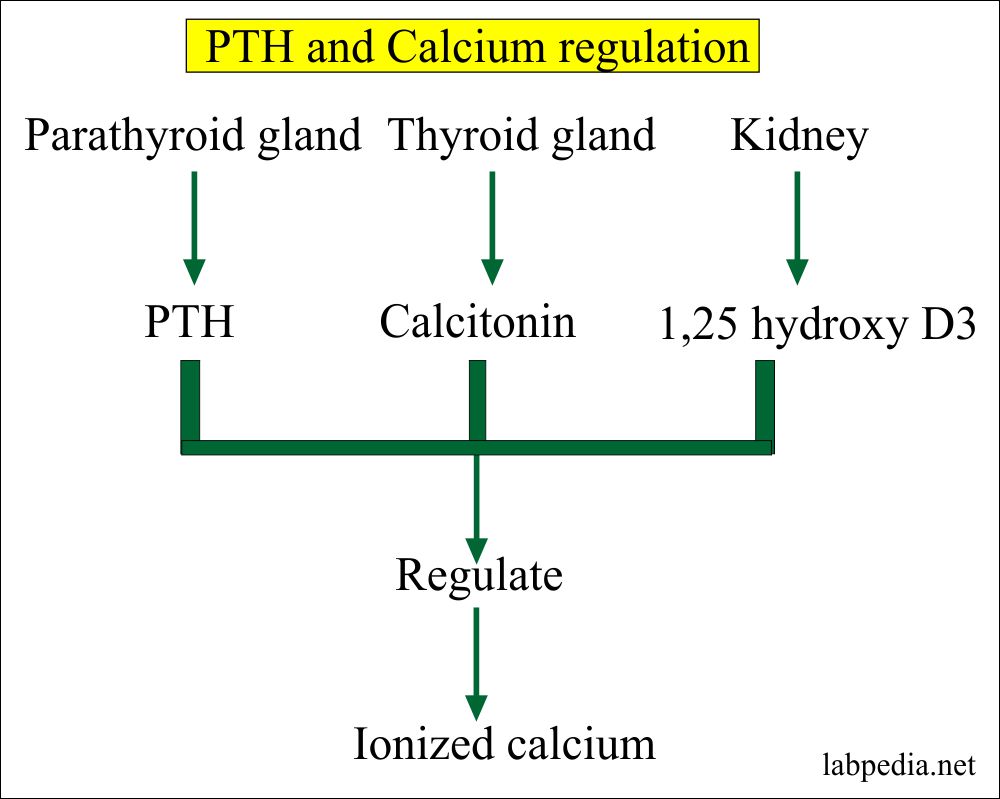


But once that clam shell undergoes burial, diagenesis, or other geological processes, then the calcite is considered a mineral. Because of these discrepancies, the International Mineralogical Association in 1985 amended the definition to: “A mineral is an element or chemical compound that is normally crystalline and that has been formed as a result of geological processes.” This means that the calcite in the shell of a clam is not considered a mineral. Calcite is quite often formed by organic processes, but is considered a mineral because it is widely found and geologically important. Both are considered minerals because they were classified before the room-temperature rule was accepted as part of the definition. For example, water and mercury are liquid at room temperature.

Some natural substances technically should not be considered minerals, but are included by exception. In geology, the classic definition of a mineral is: 1) naturally occurring, 2) inorganic, 3) solid at room temperature, 4) regular crystal structure, and 5) defined chemical composition. The term “minerals” as used in nutrition labels and pharmaceutical products is not the same as a mineral in a geological sense. Identify minerals using physical properties and identification tables.List common non-silicate minerals in oxide, sulfide, sulfate, and carbonate groups.Describe the silicon-oxygen tetrahedron and how it forms common silicate minerals.Describe chemical bonding related to minerals.Derive basic atomic information from the Periodic Table of Elements.Describe the basic structure of the atom.The largest crystal found here is 39 feet (12 meters) and 55 tones.Īt the end of this chapter, students should be able to: Our method advances the development of force fields for metal ions and protein binding sites in dynamic environments.These selenite (gypsum) crystals, found in The Cave of the Crystals in Naica, Mexico, has some of the largest minerals ever found. Although nearby water molecules do not influence the atomic charge of Ca 2+, they are crucial for compensating for the coordination of Ca 2+ due to the conformational flexibility in the EF-hand loop. Specifically, we found that the fitted atomic charges of Ca 2+ in the context of PFF depend on the coordinating geometry of electronegative atoms from the amino acids in the loop. We discovered that the atomic radius of Ca 2+ in conventional force fields is too large for the QM calculation to capture the variation in the coordination geometry of Ca 2+ in its ionic form, leading to unphysical charges. Ca 2+ charges were derived by fitting to the electrostatic potential in the context of a classical or polarizable force field (PFF).

In this work, we observed a wide variation in Ca 2+ binding loop conformations of the Ca 2+-binding protein calmodulin, which adopts the most populated ternary structures determined from the molecular dynamics simulations, followed by ab initio quantum mechanical (QM) calculations on all 12 amino acids in the loop that coordinate Ca 2+ in aqueous solution. It is challenging to parameterize the force field for calcium ions (Ca 2+) in calcium-binding proteins because of their unique coordination chemistry that involves the surrounding atoms required for stability.


 0 kommentar(er)
0 kommentar(er)
